We Love Diana Because She Took on the Royals and Won
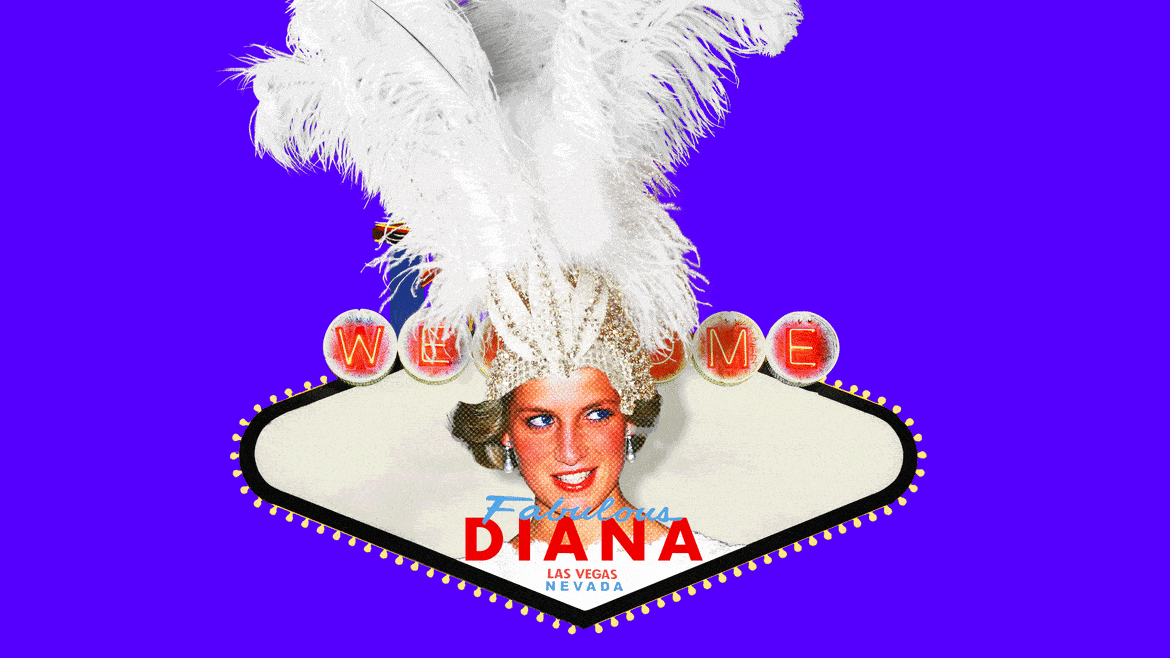
- Oops!Something went wrong.Please try again later.
- Oops!Something went wrong.Please try again later.
Diana Spencer—aka Princess Diana, Lady Di, Dutch—lived barely a year as a divorced woman. Her divorce from Prince Charles was finalized on Aug. 28, 1996; she’d die in the infamous car crash in Paris a mere 368 days later on Aug. 31, 1997.
She had, in fact, been separated from Charles since December 1992, living in a murky marital purgatory for nearly four years before their divorce—a limbo, given her status as “royal but not royal,” that arguably continued even those last 368 days between divorce and death. She was a thirty-something single mom of two boys figuring out how to date… in a fishbowl. That was (speaking metaphorically) a minefield and took, I’m confident, more courage than her walks into actual minefields.
There are a variety of reasons why many of us remain obsessed with her and her progeny. The movies, the books, the documentaries, the musicals, the plays, and the TV series are an indication of the depth and breadth of our addiction.
OK, only some of us are addicted, and most of that “us” is female. I happen to be that rare male who, apparently, knows more about the royal family than I do about Rome.
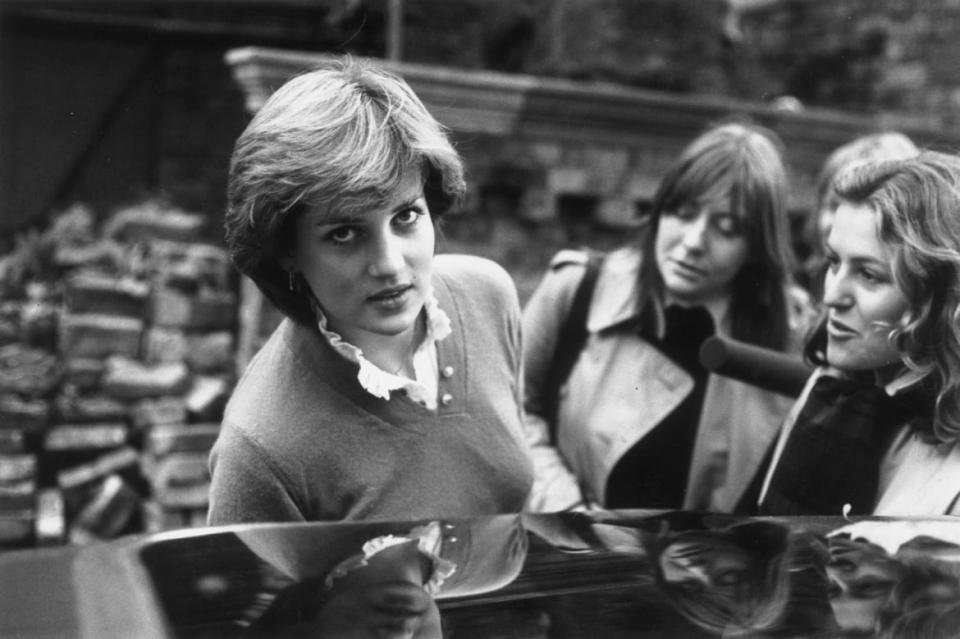
Journalists question Diana Spencer as she gets into her car following the announcement of her engagement to Prince Charles in February 1981.
I am fascinated by Diana. I’ve had historical figures in some of my earlier books, such as Hour of the Witch and The Lioness, but my new novel, The Princess of Las Vegas, is the first time I’ve attempted to explore why one of them remains in the zeitgeist long after she’s gone.
Long after she’s gone.
Perhaps I should have written, “after she’s gone.” Because it hasn’t been all that long. And we know that. The wounds certainly haven’t healed for the Spencers and Windsors, for her friends and lovers and butlers and handlers and, yes, children. What must it be like for them to see her mythologized? Just when the scab might be healing, along comes another re-imagining of the woman. And what does it say about the rest of us that we can’t get enough of Lady Di?
Why Princess Diana Will Never Die
I can’t speak for the playwrights, novelists, and screenwriters who’ve attempted to resurrect a woman gone barely a quarter of a century, but I know for me it’s too soon.
And so the titular “princess” of my new novel is not the woman herself, but instead a Princess Diana impersonator in a tribute show at a shabby, off-the-strip Las Vegas casino. People who know bits of Diana’s biography will recognize some moments: there she is dancing with John Travolta at the Reagan White House, there she is embracing her two little boys, there she is trying to cope with a debilitating eating disorder. (There’s only one instance we know when Diana wrote to someone about bulimia. In January 1996, she penned a letter to Richard Saunders on Kensington Palace stationery to comfort him, reassuring him that if she could conquer bulimia, he could, too. The letter is part of the collection of Diana memorabilia at the Princess Diana Exhibit in—wait for it—Las Vegas.)
But by writing a novel about an impersonator, rather than the princess herself, I was hoping to examine why we commoners are drawn to her—and, perhaps, to understand her particular appeal for the lonely and damaged, and why we remain fixated on those cobalt eyes and iconic lowered chin. The blond bob.
Now, The Princess of Las Vegas is, like easily a half-dozen of my novels, a character study in the guise of a slow-burn thriller. The setting is Vegas, and so there are mobsters and schemers and dreamers, as well as the wounded and the just plan sad. There are fake Elvises, Sinatras, and Michel Jacksons. And there are, yes, a couple of corpses. But lots of it, for me, was a journey into why we won’t let Diana go, why we insist on revisiting her story.
And the answer is not, it seems to me, the tragedy of her death at 36. Heaven, if it’s real, is packed with dead, young celebrities who no longer loom large in our minds, including the infamous “27 Club” of musicians who died at that age. Jimi Hendrix, Amy Winehouse, Kurt Cobain, and Janis Joplin are only four of the most well-known.
Nor is it the idea that all of us supposed when Diana and Charles had their fairy tale wedding in 1981 that this would be a fairy tale marriage. (Oh, possibly it was. But, if so, the saga was spun by Grimm, not Disney.)
Rather, I suspect, we are still riveted by Diana because that 20-year-old girl in a wedding train the length of the river Thames would grow into a woman who did not simply take on a millennial-old monarchy—she’d beat it. She’d beat them, the people behind all that rigidity and tradition, at least some of whom would prove to be soulless hypocrites. She’d win. Her knees might have been buckled by betrayal and heartbreak, but she got off the mat and, in the end, stood tall. She stopped slouching against her statuesque height and denying who she was inside.
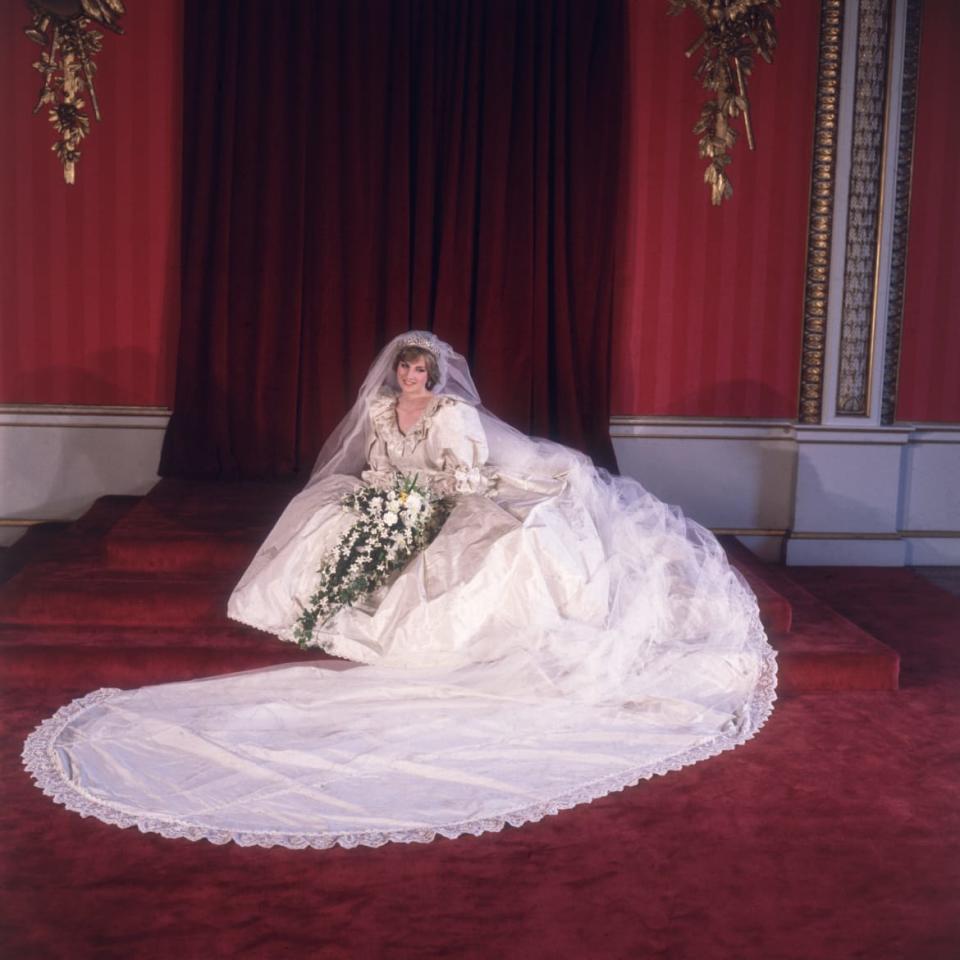
Princess Diana in her wedding dress.
Which, perhaps, might also explain why so many more women than men follow the royals. The men in all those castles, most of the time, behaved a lot worse than the women. I find it interesting that even Queen Elizabeth, so vilified in the days after Diana’s death, would have her image rehabilitated by the time she died in 2022. (I credit our adoration for Claire Foy in the first two seasons of The Crown.)
Moreover, Diana was so fearless that she would do the most courageous thing imaginable. She would share her vulnerabilities and brokenness with the world. Whether it was her eating disorder or her despair at the idea she had married the wrong man—and that man had married the wrong woman—she would allow us a window into her pain. That, I suppose, is the same part of her that reached out to men stricken with AIDS and children injured by landmines, and would lead millions of people around the world to “identify” with her. We saw her as an underdog for whom we could root, a princess who led (her words) “from the heart, not the head.” She was the woman whom then Prime Minister Tony Blair christened “the people’s princess” while mourning her the day that she died. (Isn’t it fascinating to realize she was never called “the people’s princess” when she was alive?)
And, yes, Diana defeated the monarchy not because she was sweet and humble. Let’s face it, rarely do the meek in point of fact inherit the Earth. She won because she played the game better than the royals themselves, and while the press, in the end, deserves much of the blame for her death, she herself could be a Machiavellian publicist who used them, too. (Who knows? If she’d lived, perhaps she would have taught her daughter-in-law, Kate Middleton, how to Photoshop an image for the social networks so you don’t fuel conspiracy theories that you’re dead, rather than merely recuperating from abdominal surgery in private. I think Diana would have been one hell of an Instagram star.)
Even in the days before that cataclysmic car accident in Paris, Diana was wielding that double-edged sword as if she were fighting for her life in Game of Thrones—which she was. Take, for instance, those iconic images of her on the Jonikal, the yacht owned by the father of her last paramour, Dodi Fayed, in the Mediterranean waters off Corsica. There are the photos of the kiss with Fayed and the poignant snapshot of her alone in a light blue tank suit on the yacht’s diving board, an image beloved because it seems to capture her loneliness on the one hand—a solitary woman with so much sea and sky around her—while conjuring the idea that the poor girl is about to walk the plank on a pirate ship. The fact she’d be gone within days makes it all the more dramatic in hindsight.
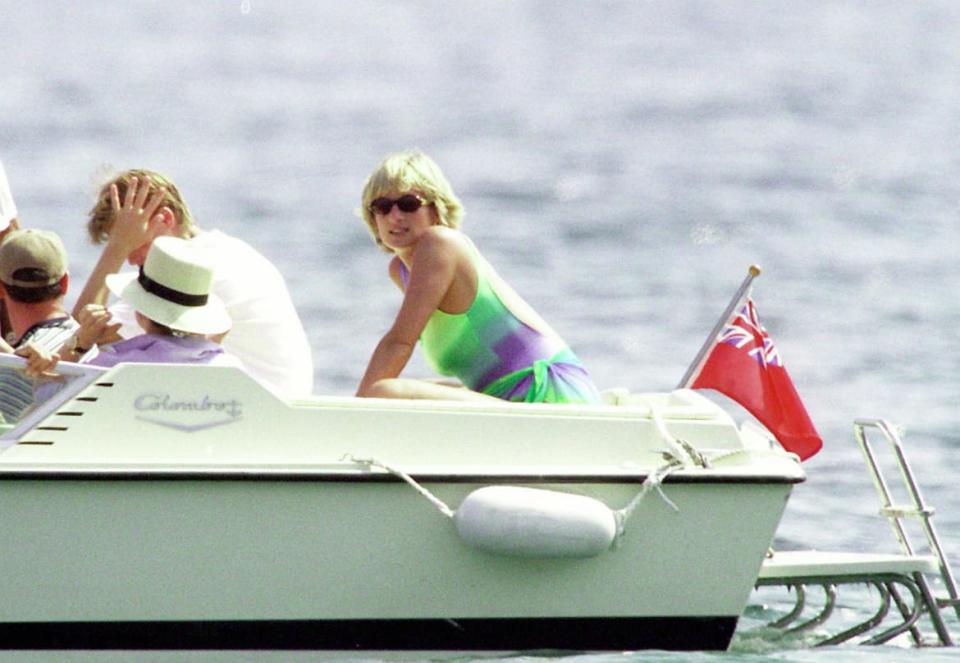
Diana in St. Tropez shortly before she and boyfriend Dodi Fayed died in a car crash in Paris on Aug. 31, 1997.
But here’s the thing about those photographs. While Dodi Fayed’s father, Mohamed Al-Fayed, may have thought he was the puppet master pulling the strings of the media, biographer Tina Brown, among others, suggests that Diana herself may have been tipping off the paparazzi. When those images would appear in the tabloids, she called one photographer not to complain that she felt her privacy had been violated, but to grumble that they were fuzzy. Let’s not forget, this was a woman so media savvy by 1994 that while Charles was confessing to the world on British television that he had indeed been unfaithful to Diana, she showed up at a gala in what has come to be called the “revenge dress,” a tight, black, off-the-shoulder sheath that fell to mid-thigh.
Diana’s trajectory may have begun as a victim, but it didn’t end there. She was no milquetoast princess. She was a fighter who knew what she wanted—and that, I believe, is why we still love her today.
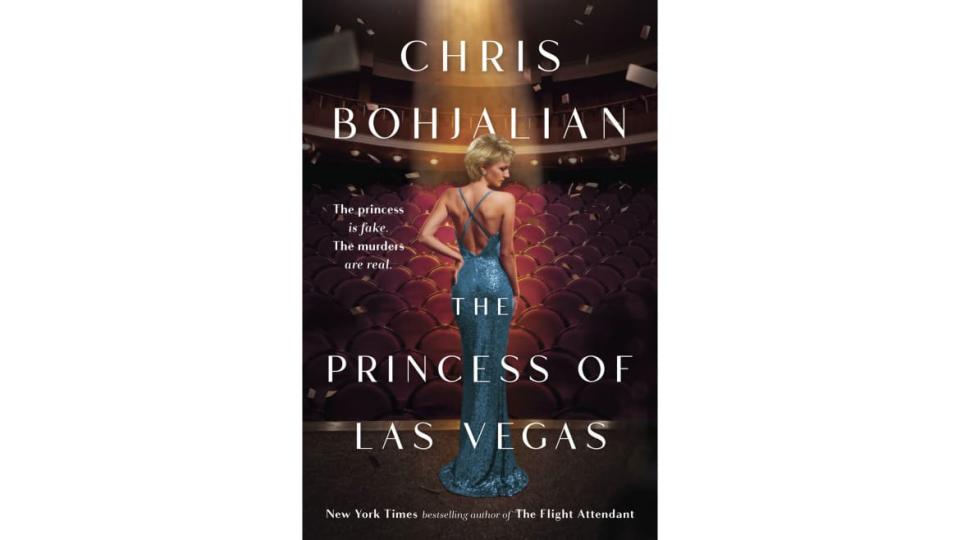
Chris Bohjalian is the #1 New York Times bestselling author of 24 books, including his new novel, The Princess of Las Vegas, to be published March 19. Find him at Www.ChrisBohjalian.com or Facebook, Instagram, Threads, X (still), Goodreads, Litsy, TikTok (badly).
Get the Daily Beast's biggest scoops and scandals delivered right to your inbox. Sign up now.
Stay informed and gain unlimited access to the Daily Beast's unmatched reporting. Subscribe now.

